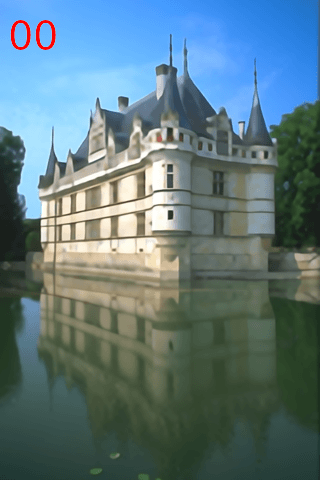| figures | ||
| LR | ||
| models | ||
| results | ||
| architecture.py | ||
| block.py | ||
| net_interp.py | ||
| README.md | ||
| test.py | ||
ESRGAN (Enhanced SRGAN) [Paper] [BasicSR]
Enhanced Super-Resolution Generative Adversarial Networks
By Xintao Wang, Ke Yu, Shixiang Wu, Jinjin Gu, Yihao Liu, Chao Dong, Chen Change Loy, Yu Qiao, Xiaoou Tang
This repo only provides simple testing codes and pretrained models.
😃 For full training and testing codes, please refer to BasicSR.
We won the first place in PIRM2018-SR competition (region 3) and got the best perceptual index. The paper is accepted to ECCV'2018 PIRM Workshop.
BibTeX
@article{wang2018esrgan,
author={Wang, Xintao and Yu, Ke and Wu, Shixiang and Gu, Jinjin and Liu, Yihao and Dong, Chao and Loy, Chen Change and Qiao, Yu and Tang, Xiaoou},
title={ESRGAN: Enhanced super-resolution generative adversarial networks},
journal={arXiv preprint arXiv:1809.00219},
year={2018}
}
Introduction
We improve the SRGAN from three aspects:
- adopt a deeper model using Residual-in-Residual Dense Block (RRDB) without batch normalization layers.
- employ Relativistic average GAN instead of vanilla GAN.
- improve the perceptual loss by using the features before activation.
In contrast to SRGAN, which claimed that deeper models are increasingly difficult to train, our deeper ESRGAN model shows its superior performance with easy training.
Network Interpolation
We propose the network interpolation strategy to balance the visual quality and PSNR.
We show the smooth animation with the interpolation parameters changing from 0 to 1.
Qualitative Results
PSNR (evaluated on the luminance channel in YCbCr color space) and the perceptual index used in the PIRM-SR challenge are also provided for reference.












